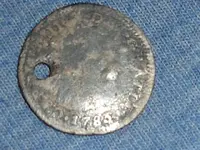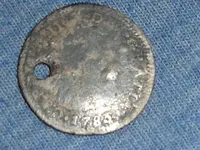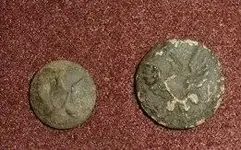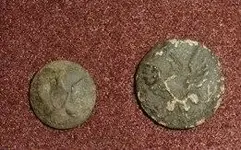this answer to noise cancel came from minelab them self.
NOISE CANCEL
Just what is going on when we press NOISE CANCEL and what is it doing?
The BBS/FBS detectors transmit and receive a wider range of frequencies than single/dual frequency detectors. Consequently, a wider range of atmospheric electrical noise can interfere with the internal processing circuits, resulting in an oscillating ( warbling chirping) threshold and resultant loss of sensitivity. The received "electrical noise", referred to consists of electrical noise radiated by power lines, computers and some weather conditions. All electrical appliances radiate some electrical noise! Under these conditions the microprocessor is not only trying to differentiate between ground noises and target returns, it is also trying to process this 'interference', so some target and ground information is not correctly processed, hence the loss of sensitivity. (Turn one of these detectors on whilst inside a house, turn the sensitivity up and you will see what I mean)
Due to the larger spectrum used by the Explorer, at higher sensitivity settings, this may be more noticeable. The internal Noise Cancel feature overcomes this problem. This feature also allows a number of detectors to be used in close proximity.
The following Noise Cancel explanation may help in understanding this feature. The 28 frequencies transmitted by the Explorer are all produced from one variable oscillator, and all 28 are multiples or sub multiples of this oscillator frequency. When Noise Cancel is initiated, it steps the variable frequency oscillator through its range of 11 frequency steps (thus slightly changing all 28 frequencies by the same ratio). It records the received electrical noise at each step. At the end of this procedure, it selects the quietest frequency (i.e. the one that received the least noise). It also remembers this frequency when you switch the detector off and sets it to that particular frequency when you turn it back on again. This would possibly explain why some Explorer users experience initial instability especially if, the detector is switched on at a different site on a different day? You really should do a Noise Cancel before each search. The receiver is designed to properly receive the whole range of possible transmitted frequencies, so
neither depth, nor discrimination will be affected by whatever frequency the Noise Cancel circuit finally selects.
Why is it important to hold the coil very still during the Noise Cancel procedure? If the coil is moved during this procedure, the noise being picked up in that instant may change because the coil has moved. Therefore whatever frequency was being sampled at that instant will have "noise" recorded against it, and it means that it won't use that particular frequency (even though that frequency may have been the quietest).











